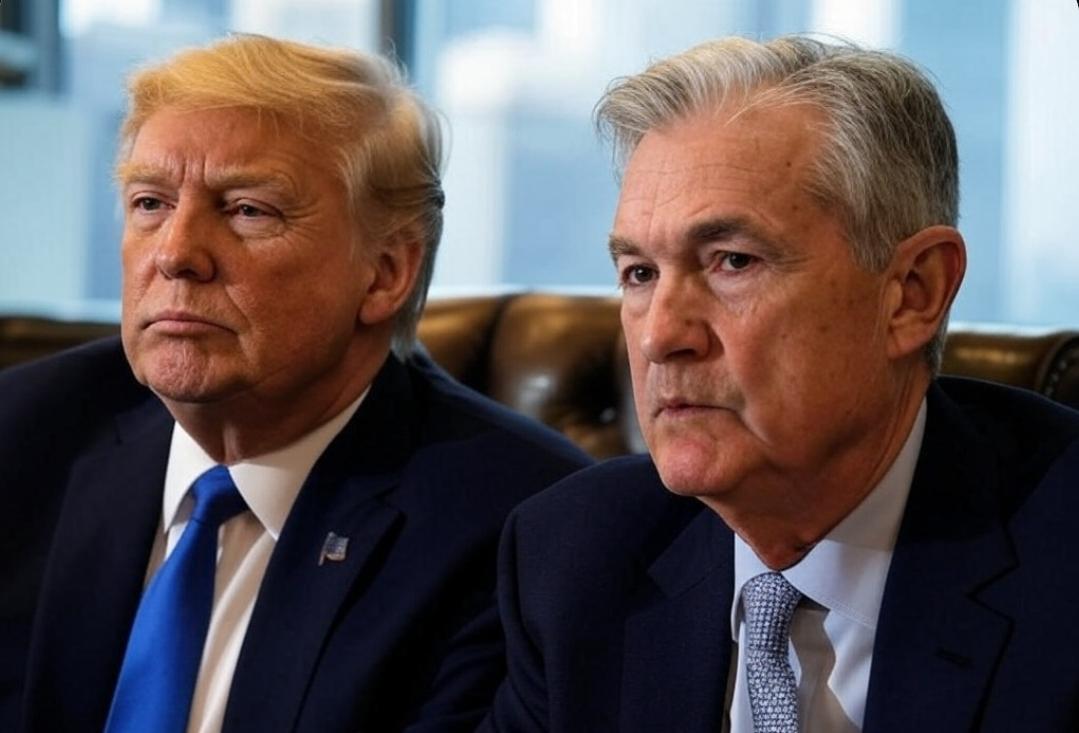
In a headline-grabbing development, Treasury Secretary Bessent has confirmed that the Trump administration is actively contemplating a successor for Federal Reserve Chair Jerome Powell, with candidate interviews expected to begin this fall. Powell’s current term is set to conclude in just over a year — 13 months to be exact — but early discussions suggest the White House is keenly aware of the economic hurdles that lie ahead.
According to insiders, the administration’s urgency stems from growing concerns about the economic drag induced by the latest round of tariffs set to impact trade in 2025. With global supply chains and domestic industries feeling the squeeze, Washington appears to be laying the groundwork for a significant shift in monetary leadership that could coincide with the anticipated need for interest rate cuts and economic stimulus in 2026.
A Strategic Transition on the Horizon
The timing of these discussions is no accident. Should the tariffs dampen growth as expected, the Federal Reserve under new leadership could pivot toward rate cuts and quantitative easing, giving the economy a needed jolt just as the 2026 fiscal year gets underway.
The Trump administration’s selection of the next Fed Chair will be crucial, as the incoming leader will likely oversee a period marked by recovery efforts, inflation management, and potential stimulus packages. Investors and analysts are already speculating on candidates, with names ranging from seasoned economists to market-friendly policy veterans surfacing in Washington circles.
A Look Back: Trump and Powell’s Tense History
It’s worth noting that this isn’t the first time Powell’s future under a Trump administration has been questioned. When Donald Trump was re-elected as President, rumors quickly swirled that he would fire Jerome Powell, whose policies during Trump’s first term had drawn sharp criticism from the president. At the time, Powell publicly stated, “I won’t resign.” Shortly afterward, Trump himself clarified the situation by saying, “I won’t fire Powell,” ending the speculation — at least temporarily.
Now, with Powell’s term approaching its natural end, the Trump administration appears to be planning for a smooth transition that aligns with their broader economic strategy heading into 2026.
Latest Developments
As of today, no official list of candidates has been made public, but sources close to the Treasury Department suggest that the White House is prioritizing candidates who favor a more growth-focused, accommodative monetary stance — a clear signal of what may lie ahead for U.S. interest rate policy in the post-Powell era.
Market reaction has been relatively muted so far, but expect volatility as the fall interviews draw closer and the administration’s choice becomes clearer. The shift could also impact long-term bond yields and equity valuations as traders adjust their expectations for 2026 and beyond.
Disclaimer:
This article is intended for informational purposes only and does not constitute financial advice. The views expressed are based on currently available information and are subject to change without notice. Please consult with a financial advisor or conduct your own research before making investment decisions.




